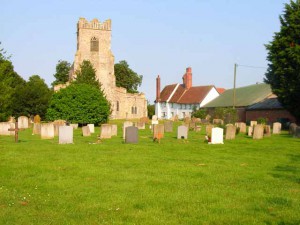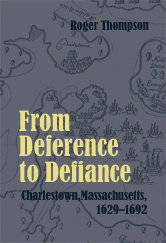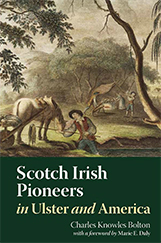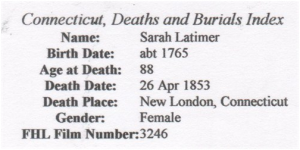[Editor’s note: This post originally appeared in Vita Brevis on 17 July 2014. Since the time of that posting, we have made enhancements to our search functionality on AmericanAncestors.org that return broader results without using wildcards. The wildcard strategy still works as advertised, however.]
 When we were deciding how our AmericanAncestors.org database search would work, one of the key considerations was that we didn’t want to return search results that contained a lot of ‘noise.’ On other websites, the database architects allowed for a certain (sometimes significant) number of irrelevant search results. This was undoubtedly intended to be helpful, but it is actually quite frustrating. So we decided to do ‘exact’ searches with a couple of twists. The goal was to give results that were exactly what you searched for. We spent quite a lot of time tuning our search algorithm, trying different approaches and analyzing the results. We’re pretty happy with our final approach, but it’s definitely helpful to understand how it works. And what the twists are. Continue reading ICYMI: Tips for searching on AmericanAncestors.org
When we were deciding how our AmericanAncestors.org database search would work, one of the key considerations was that we didn’t want to return search results that contained a lot of ‘noise.’ On other websites, the database architects allowed for a certain (sometimes significant) number of irrelevant search results. This was undoubtedly intended to be helpful, but it is actually quite frustrating. So we decided to do ‘exact’ searches with a couple of twists. The goal was to give results that were exactly what you searched for. We spent quite a lot of time tuning our search algorithm, trying different approaches and analyzing the results. We’re pretty happy with our final approach, but it’s definitely helpful to understand how it works. And what the twists are. Continue reading ICYMI: Tips for searching on AmericanAncestors.org





